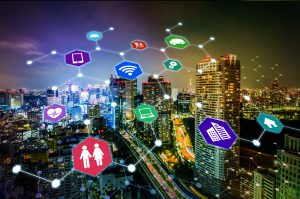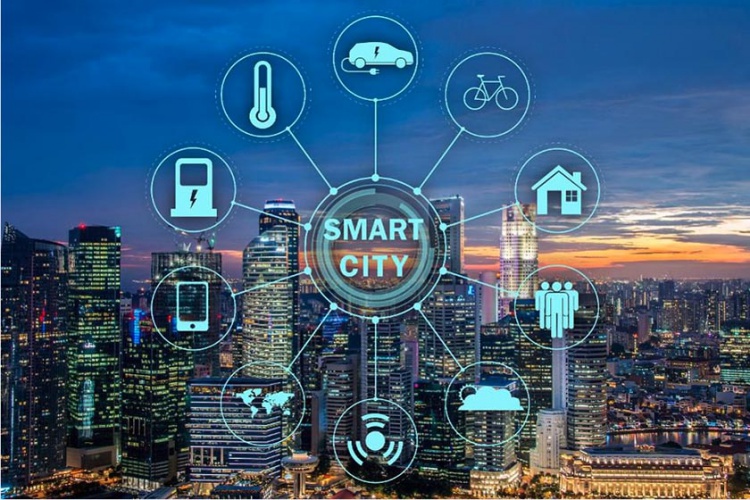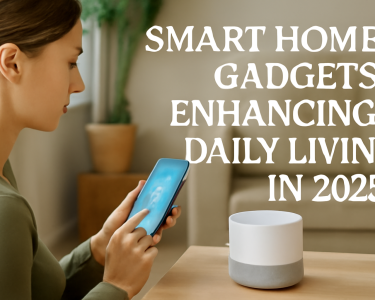A smart city is a modern urban area that uses technology to improve the quality of life for its residents. But what exactly is a smart city? Let’s dive into the smart city definition, explore smart city technologies, and look at some real-world examples.
Smart City Definition
A smart city integrates information and communication technology (ICT) to enhance urban services. These services include transportation, energy, healthcare, and waste management. The goal is to make cities more efficient, sustainable, and livable.
Smart City Technologies

Smart city technology is the backbone of any smart city. It includes sensors, data analytics, and the Internet of Things (IoT). These technologies collect and analyze data to provide actionable insights. For instance, sensors can monitor air quality, while data analytics can predict traffic patterns.
Smart City Infrastructure
Smart city infrastructure refers to the physical and digital frameworks that support smart technologies. This includes high-speed internet, smart grids, and advanced public transportation systems. Robust infrastructure is essential for any smart city to function effectively.
Smart City Initiatives
Smart city initiatives are projects aimed at making cities smarter. These initiatives often involve collaboration between government, private sector, and citizens. Examples include smart street lighting, digital public services, and green building initiatives.
Smart City Features
Smart city features are the specific elements that make a city “smart.” These can include smart traffic lights, intelligent waste management systems, and real-time public transport information. Each feature aims to improve efficiency and quality of life.
Smart City Network
A smart city network is the interconnected system of devices and services within a smart city. This network allows for seamless communication and data sharing. For example, a smart city network can connect traffic lights, public transport, and emergency services.
Smart City Systems
Smart city systems are the integrated technologies that manage various urban functions. These systems can include smart grids for energy management, intelligent transport systems, and digital healthcare platforms. Each system works in harmony to create a cohesive urban environment.
Smart City Services
Smart city services are the practical applications of smart city technologies. These services aim to improve daily life for residents. Examples include mobile apps for public transport, online portals for government services, and smart parking solutions.
Examples of Smart Cities
Barcelona, Spain
Barcelona is a leading example of a smart city. The city uses IoT sensors to monitor air quality and noise levels. It also has a smart parking system that guides drivers to available spots, reducing traffic congestion.
Singapore
Singapore is another pioneer in smart city initiatives. The city-state uses a comprehensive smart city network to manage everything from traffic to healthcare. Its smart city systems include intelligent street lighting and real-time public transport information.
Amsterdam, Netherlands
Amsterdam focuses on sustainability as part of its smart city features. The city uses smart grids to manage energy consumption and has implemented intelligent waste management systems. These smart city technologies help reduce the city’s carbon footprint.
New York City, USA
New York City has several smart city initiatives aimed at improving urban life. The city uses data analytics to optimize public transport routes and has implemented smart street lighting. These smart city services make the city more efficient and safer.
Benefits of Smart Cities

Improved Quality of Life
Smart city technologies can significantly enhance the quality of life. For example, real-time public transport information can reduce waiting times. Smart healthcare systems can provide quicker and more accurate diagnoses.
Increased Efficiency
Smart city systems make urban services more efficient. Intelligent traffic lights can reduce congestion, and smart grids can optimize energy use. These improvements lead to cost savings and better resource management.
Sustainability
Smart city infrastructure often includes green technologies. These can range from renewable energy sources to efficient waste management systems. Sustainable smart city initiatives help reduce the environmental impact of urban areas.
Enhanced Safety
Smart city features can improve public safety. For instance, smart street lighting can reduce crime rates. Data analytics can help emergency services respond more quickly and effectively.
Challenges of Smart Cities
High Costs
Implementing smart city technologies can be expensive. The initial investment in smart city infrastructure and systems is often high. However, the long-term benefits can outweigh these costs.
Data Privacy
Smart city networks collect vast amounts of data. Ensuring data privacy and security is a significant challenge. Governments and companies must work together to protect residents’ information.
Technological Integration
Integrating various smart city technologies can be complex. Different systems need to communicate seamlessly for a smart city to function effectively. This requires advanced technical expertise and coordination.
Conclusion
A smart city leverages technology to create a more efficient, sustainable, and livable urban environment. From smart city infrastructure to smart city services, the goal is to improve the quality of life for residents. Examples from around the world show the potential and benefits of smart cities. However, challenges like high costs and data privacy need to be addressed. As technology continues to evolve, the concept of a smart city will become increasingly relevant and essential.




